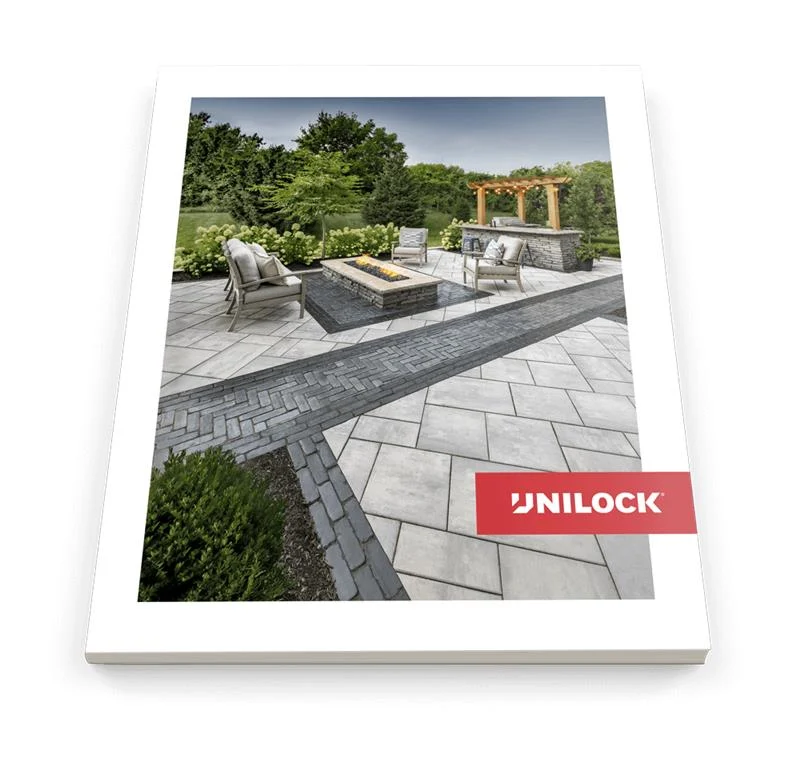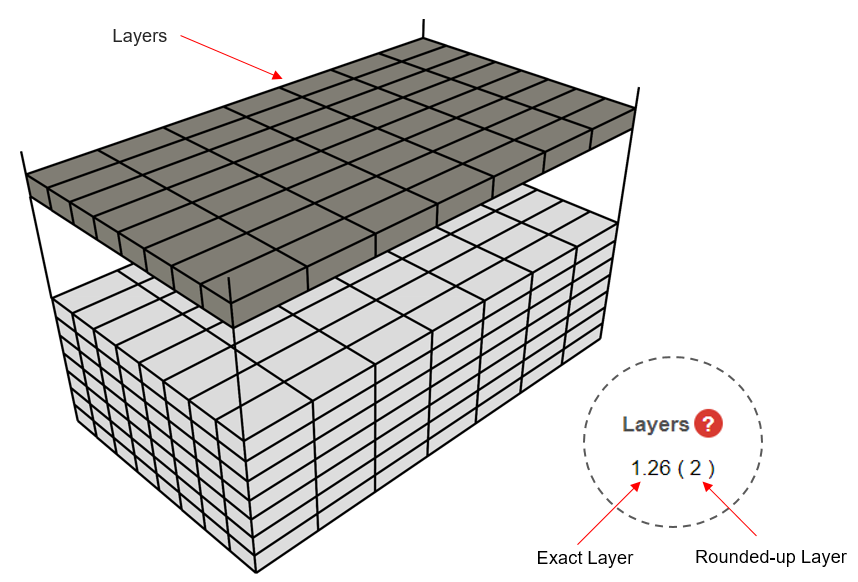Working with a Unilock Authorized Contractor is working with the best of the best. Our UACs possess the knowledge and expertise to bring your dream project to life, and deliver stunning results that will exceed your expectations.
How to Create a Landscape Drawing in 3 Easy Steps
For smaller-scale projects, the simplicity of graph and tracing paper can suffice. However, seasoned landscape designers often begin with a comprehensive analysis of property surveys and topographical maps. When communicating your landscaping ideas, a landscape drawing plays a vital role in the pre-installation and planning stages.
Whether you collaborate with a professional designer or decide to tackle a sketch yourself, the landscape drawing will serve as a blueprint for your outdoor design. In this article, we will discuss the steps involved in creating a landscape drawing that accurately captures your design vision.
Step 1: Assessing Existing Conditions
To begin, sketch the current layout of your space, paying special attention to unchangeable elements, such as the perimeter of your home, and any existing fences, walls, or property lines. This information can be found in your property’s site plan, which may have been provided with the deed when you purchased your home.
The accuracy of your drawing depends on precise measurements. When collecting measurements, be sure to get the length and width of each border of your property, as well as the diameters of your home, and any existing features, such as patios, pools, driveways, and walkways. When estimating the number of materials you will need for your project, it’s important to ensure that your measurements account for potential waste.
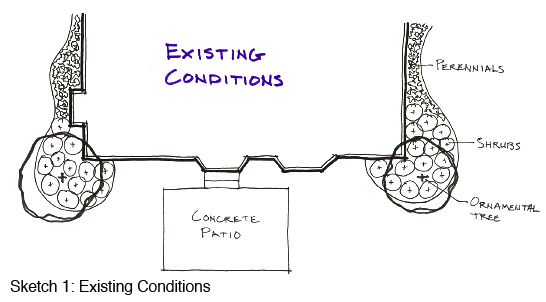
Step 2: Designing the Hardscape
Once you have a clear understanding of the existing conditions, it’s time to focus on the hardscape design. Hardscape elements include features like pavers and walls that will shape the overall structure of your design.
To create a hardscape design that aligns with your vision from your initial landscape drawing, follow these steps:
Bubble Diagrams
Sketch bubble diagrams on your landscape drawing that will represent different “rooms” you want to incorporate. Add labels to identify them, such as “dining,” “grill,” “fireplace,” and more. Remember to include open spaces in your design for gathering or lounging.
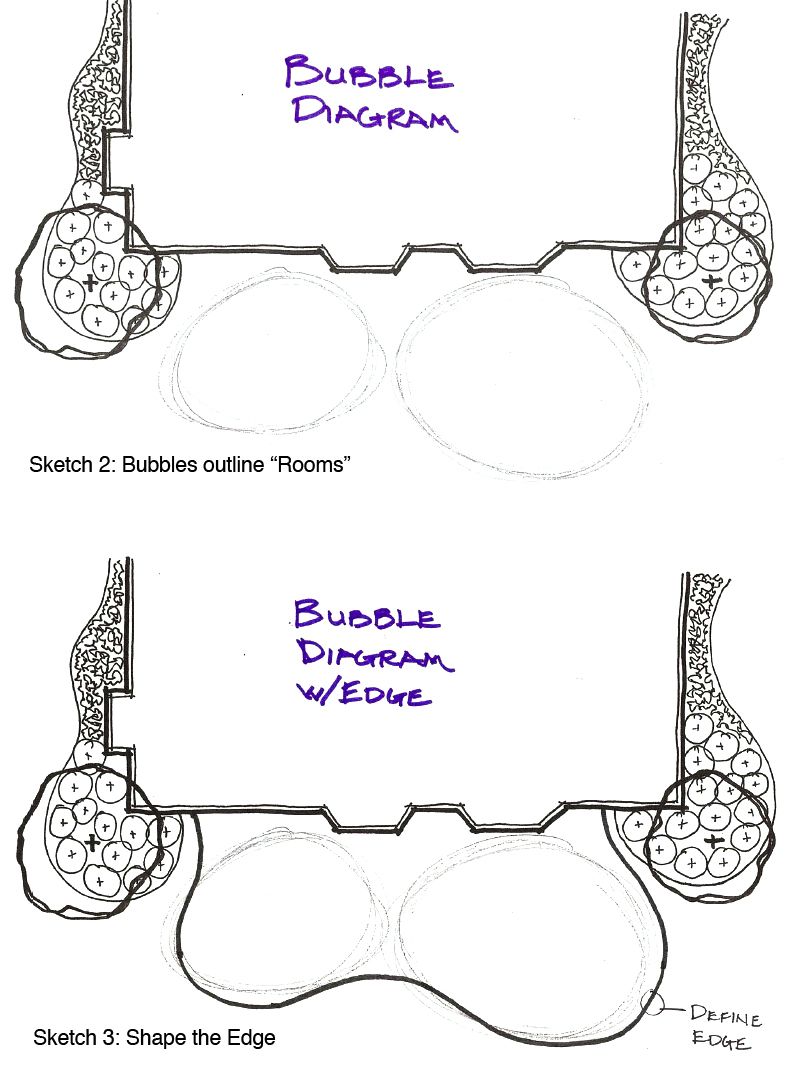
Maximizing Existing Features and Enhancing Aesthetics
When planning your design, consider existing elements like lake views, water fountains, or gazebos. These can be integrated into your design to highlight and make the most of them. Refine your design by smoothing out the layout with larger curves and circle patterns. This avoids smaller, intricate curves that can complicate installation. Focus on enhancing specific areas such as entrances, sidewalks, seat walls, or stair transitions by adding columns and pillars to create a more visually appealing and structured look.
Choosing the Right Products
Selecting the right materials for your design is crucial. Concrete pavers offer numerous advantages over other options, so it’s important to consider quality, finish, color, and shape:
Quality: Not all products are created equal. While some may look great when they’re first installed, the difference in quality shows over time. Unilock products have been trusted by top designers and contractors for over 50 years because we consistently provide cutting-edge paving and wall products that stand the test of time.
Finish: Consider the desired aesthetic, whether it’s a tumbled, smooth, polished, or natural appearance that complements your home’s style. Explore products, like our EnduraColor™ line, which combines a base of coarser aggregates for a stronger foundation, with concentrated color and wear-resistant finer aggregates on top. This two-step manufacturing process protects the surface from the appearance of fading over time, delivering products that boast superior wear performance and color integrity.
Color: While colors don’t necessarily have to match existing features, they should harmonize with them. Different colors are suited for different applications, so it’s important to consider the right color for your outdoor design. For example, lighter colors are better for pool decks because they absorb less heat from the sun and are comfortable for bare feet. In contrast, a darker color may be better for a high-traffic driveway or outdoor kitchen.
Shape: Choose paver shapes and sizes that best suit your design. Larger shapes work well for modern, orthogonal designs, while smaller pavers offer flexibility for organic and traditional styles.
Finishing touches: Don’t shy away from incorporating accent colors and shapes tastefully. These details elevate your landscape design and create distinct “rooms.” Consider using our UVision® 3D design software, which offers inspiration and allows you to visualize how different products can come together harmoniously. Order true-sized sample sheets from the Unilock website to experiment with designs in front of your home.

Step 3: Incorporating Softscapes
Softscaping elements complement hardscape design and add a finishing touch to your landscape. Here are several guidelines to create a hierarchy of softscape materials:
- Place shade trees and ornamental trees within designated areas of the hardscape to provide desired shade and filtered light.
- Position shrubs, perennials, and annuals around the base of your trees. Consider taller shrubs near fences or walls and smaller shrubs near columns or pillars.
- Incorporate a mix of evergreen and deciduous shrubs to add color and texture throughout the year.
- Layer various perennials in front of seat walls and around shrub bases, ensuring they bloom at different times during the summer season.
- Accentuate specific areas with potted annuals of your choice.
- Consult with local nurseries or garden centers to find locally grown plants that align with your design vision.
- To add captivating touches to your landscape drawing, incorporate landscape lighting that will illuminate your creation at night. Investing in high-quality residential low-voltage lighting can truly enhance the ambiance of your landscape.
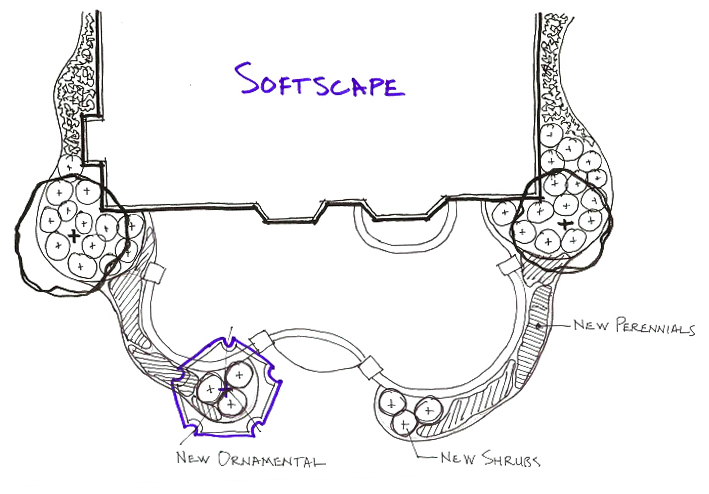
Careful planning and attention to detail are key to achieving an exceptional landscape design. By following these steps, you can create a landscape drawing that captures your vision for a stunning outdoor space. We recommend enlisting the help of an authorized paver contractor, who can help take your landscape drawing from sketch to reality.
Related
Articles

We’re Here
To Help
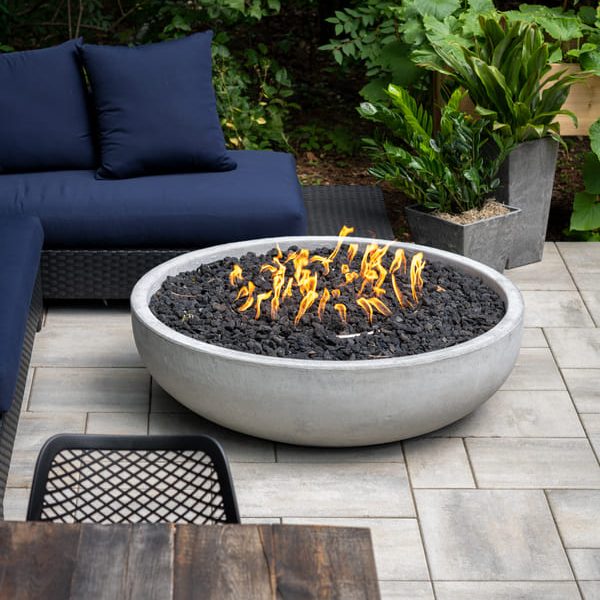
Browse our Design Idea Catalog
Explore endless design possibilities through our Design Idea Catalog. Browse our extensive portfolio of paver and wall products, and get inspired by our outstanding design projects that will fuel your creative expression.
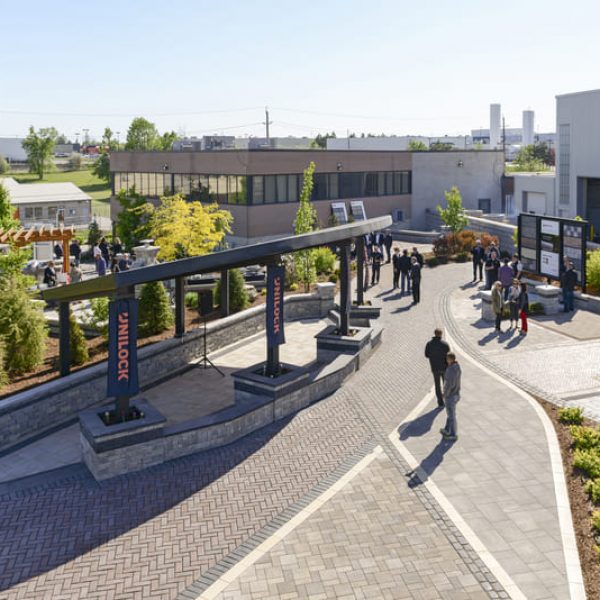
Visit an Outdoor Idea Center
Experience the beauty and quality of Unilock paver and wall products in a life-sized setting by visiting a local Outdoor Idea Center. Our knowledgeable and friendly staff are on hand to answer any questions and offer free product samples.
